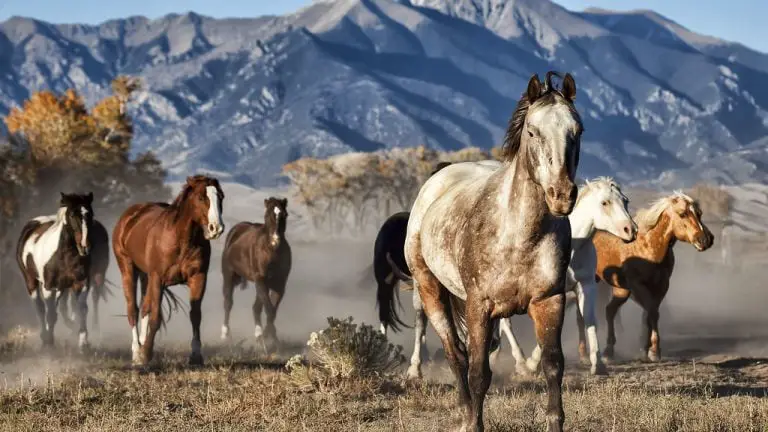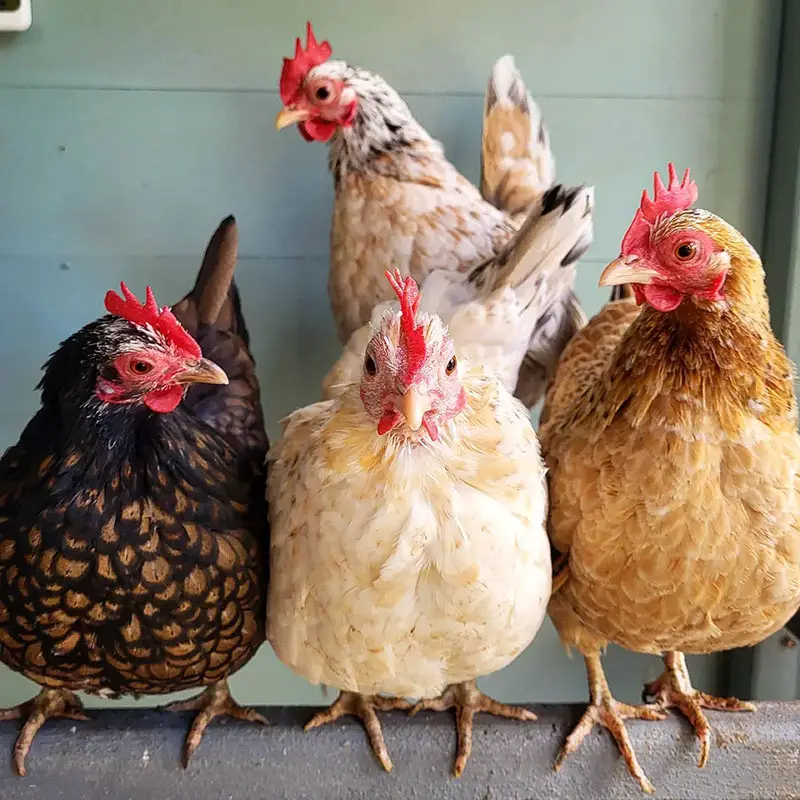Horses, with their flowing manes and powerful builds, have captivated human imagination for millennia. These majestic creatures have served as companions in war, transportation on the open plains, and symbols of freedom and grace. But beyond their role in human history and cultural significance, the world of horses holds a hidden layer of intrigue – the language used to describe groups of these fascinating animals. Let’s embark on a journey through this vocabulary, exploring the collective nouns associated with horses and delving into the fascinating facts that continue to make them an object of wonder and respect.
Collective Nouns for Horses
Unlike some animals with singular collective nouns, horses boast a diverse vocabulary, each term reflecting the specific activity or context of the group:
- String: This term, while seemingly restrictive, describes a group of horses tethered together in a line, often seen in historical depictions of horse caravans or used in modern ranching practices for controlled movement. It evokes a sense of order and connection, highlighting the practical use of these animals throughout history.
Example: As the sun dipped below the horizon, casting long shadows across the dusty plains, a string of horses silhouetted against the vibrant sky, their rhythmically clicking hooves creating a lullaby of the trail, a timeless scene reminiscent of the pioneering spirit.
- Herd: This term signifies a large and free-roaming group of horses, often grazing peacefully in open meadows or migrating across vast landscapes. It conveys a sense of community, shared purpose, and the untamed spirit of these magnificent creatures roaming free in their natural habitat.
Example: Bathed in the golden light of dawn, a herd of horses galloped across the endless plains, their powerful muscles rippling with each stride, a breathtaking display of their natural athleticism and the freedom they embody.
- Team: This term denotes a group of horses harnessed together to pull a carriage, wagon, or other equipment, showcasing their strength, endurance, and collaboration. It highlights the historical and continuing partnership between humans and horses in various aspects of life, from transportation to agriculture.
Example: The cobblestone streets echoed with the clopping of hooves as a team of horses pulled a majestic carriage through the bustling city, their coordinated movement and unwavering strength a testament to their partnership with the skilled carriage driver.
- Stud: This term primarily refers to a group of male horses kept for breeding purposes, often housed in a dedicated area for controlled breeding and maintaining desired bloodlines. It signifies the importance of horses in selective breeding and preserving desired traits within specific breeds.
Example: Nestled within a sprawling ranch, a stud of stallions grazed in a lush paddock, their sleek coats gleaming in the sunlight, their presence highlighting the crucial role they play in ensuring the future generations of this remarkable breed.
Interesting Facts About Horses
Understanding collective nouns enriches our vocabulary and adds a deeper layer of appreciation for the unique characteristics of these creatures. But venturing deeper into the world of horses reveals their remarkable history, diverse roles, and the challenges they face:
A Legacy of Companionship: Horses have played a pivotal role in human history, serving as companions in war, transportation on the open plains, and even partners in agricultural practices. This long history of collaboration has fostered a deep connection between humans and horses, weaving them into the very fabric of various cultures across the globe.
A Symbol of Freedom and Grace: Throughout history, horses have been revered for their spirit of freedom and elegance. Their flowing manes and powerful strides have inspired countless artists, writers, and poets, solidifying their place as a symbol of beauty, strength, and unbridled passion.
Adaptability and Intelligence: Horses possess remarkable intelligence and adaptability, allowing them to thrive in diverse environments and excel in various disciplines, from equestrian sports to therapeutic riding programs. Their ability to learn and form strong bonds with humans makes them truly remarkable companions.
Facing Modern Challenges: While horses continue to hold cultural significance and play diverse roles in our world, they face challenges like habitat loss, changing agricultural practices, and the increasing popularity of mechanized transportation. Understanding these challenges and supporting responsible breeding and care practices are crucial for ensuring the well-being of these magnificent creatures.
Final Thoughts
From the regimented “string” tethered together to the majestic “herd” roaming free, the diverse collective nouns for horses offer a glimpse into their multifaceted nature and roles throughout history. Understanding these terms and appreciating the enduring allure of these fascinating creatures fosters a deeper respect for their remarkable history, diverse contributions, and the unique bond they share with humans.
Also Read:






